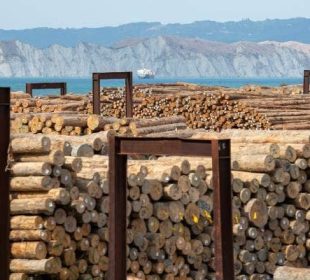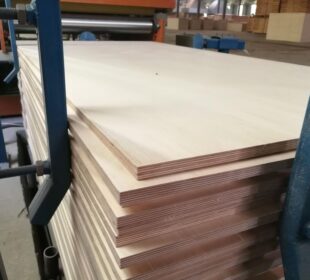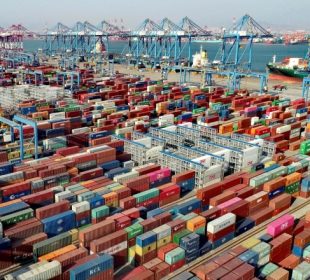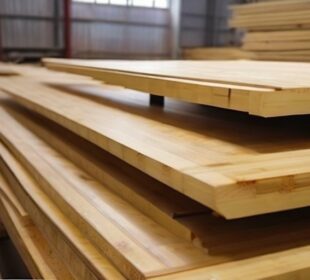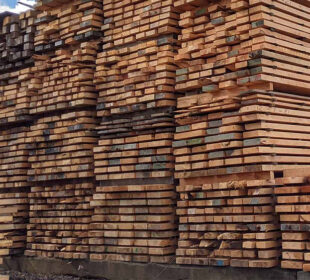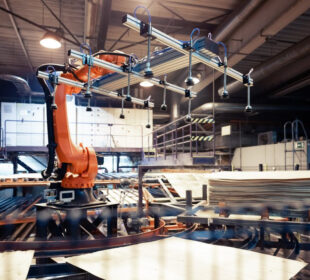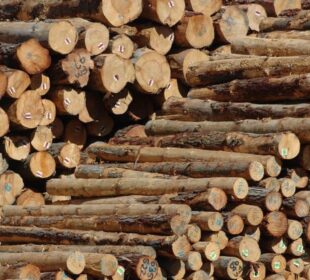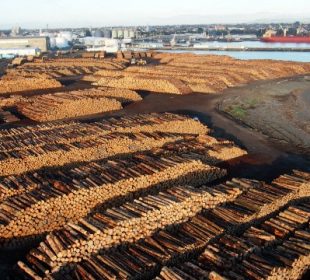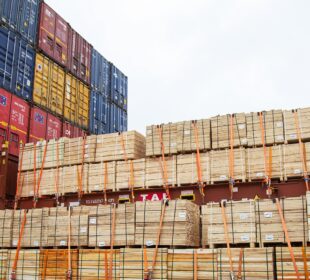The European Commission is unable to accurately assess the level of China’s okoumé plywood production. A rough estimate using information provided by the European Panel Federation (based on the volume of okoumé logs imported into China in 2014), put annual production at somewhere between 290,000 cu.m and 2.9 million cu.m per year.
The large range is because of lack of data on how much imported okoumé is destined for plywood production in China, or is used for full okoumé plywood or combi plywood. Nevertheless, the EC suggested, based on this data, that okoumé production capacity in China is likely to be significantly greater than in the EU.
The EC also noted plywood in China is produced by the same companies and on the same equipment, whatever the wood species used and that okoumé plywood tends to be more profitable than other types of plywood. Therefore, according to the EC, in the absence of anti-dumping measures, “it is likely that Chinese producers will shift their production from other types of plywood towards the more lucrative okoumé plywood”.
The EC also noted that anti-dumping duties on imports of Chinese plywood exist in the Republic of Korea, Morocco and Turkey, while the U.S. issued a preliminary determination of the countervailing measures against Chinese plywood in January 2017.
The EC suggested that “Chinese exporting producers thus will have limited access to these markets and will be limited in exporting their production or re-directing their exports to these markets. This leaves the EU market even more attractive for Chinese plywood imports”.
The EU review concluded: "the significant production capacity available in China, the possibility of Chinese producers to easily increase production volumes available for exports, the possible high dumped prices in other third markets as well as in the Union market and the attractiveness of the Union market, indicate that a repeal of the measures would likely result in Chinese exporting producers re-entering the Union market at dumped prices and in significant quantities.
It is therefore considered that there is a likelihood of recurrence of dumping should the current anti- dumping measures be allowed to lapse."



